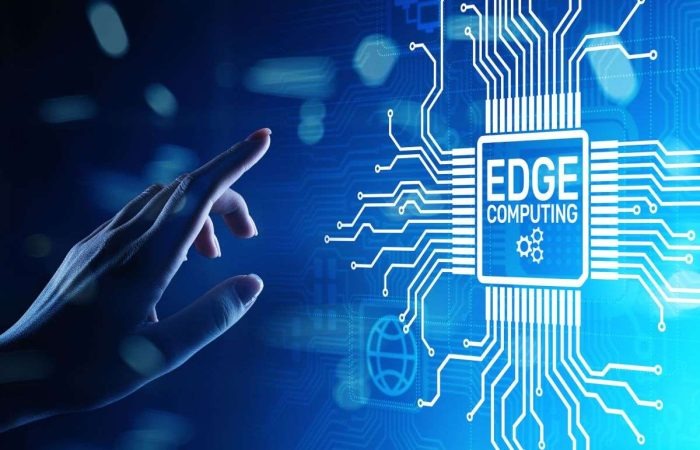In the ever-evolving landscape of technology, Edge Computing has emerged as a transformative force, especially in the realm of data processing and the Internet of Things (IoT). With over a decade of expertise in this field, we will delve into the intricacies of Edge Computing, its profound impact, and how it is redefining the way we handle data and IoT applications.
The Evolution of Data Processing
Traditionally, data processing involved sending all data to centralized data centers or the cloud for analysis and decision-making. This approach, while effective, had limitations, especially when it came to IoT applications that demanded real-time processing and low-latency responses.
With Edge Computing, the paradigm shifted. Data processing now occurs closer to the source of data generation, at the “edge” of the network. This shift has introduced several game-changing benefits.
A Closer Look at Edge Computing
Reducing Latency
One of the primary advantages of Edge Computing is its ability to significantly reduce latency. In scenarios where real-time data processing is crucial—such as autonomous vehicles or industrial automation—this low-latency capability is a game-changer. Critical decisions can be made almost instantaneously.
Decentralization of Processing Power
Edge Computing decentralizes processing power. Instead of relying solely on centralized cloud servers, processing occurs on local devices or gateways, allowing for quicker data analysis and reduced dependence on a continuous internet connection.
Optimizing Bandwidth Usage
IoT devices, often deployed in remote or resource-constrained environments, generate vast amounts of data. By processing data locally at the edge, only essential information needs to be transmitted to the cloud or data center. This optimization of bandwidth usage is both cost-effective and efficient.
Edge AI and Machine Learning
Edge Computing isn’t just about processing data closer to the source; it’s also about embedding intelligence at the edge. AI and machine learning algorithms are now integrated into edge devices, enabling autonomous decision-making without relying on centralized servers.
Applications of Edge Computing
Industrial IoT (IIoT)
In the industrial sector, Edge Computing is a game-changer. IIoT leverages edge processing to optimize manufacturing processes, monitor equipment health, and enable predictive maintenance. This results in significant cost savings and improved efficiency.
Smart Cities and Infrastructure
Smart city initiatives rely heavily on Edge Computing. Applications such as traffic management, waste management, and public safety demand real-time data processing for enhanced urban living. Edge Computing is the backbone of these innovations.
Data Security and Privacy
Edge Computing also addresses concerns related to data security and privacy. Since data is processed locally, sensitive information is less likely to be transmitted over long distances, reducing the risk of data breaches.
Challenges and Future Outlook
While Edge Computing offers numerous benefits, it also presents challenges. Interoperability, standardization, and managing a distributed infrastructure are areas that require attention. However, industry-wide efforts are underway to overcome these obstacles and create a more seamless edge ecosystem.
The future of Edge Computing holds immense promise. It will continue to evolve and integrate further with IoT, 5G networks, and the deployment of edge data centers. As industries recognize its potential, Edge Computing will play an even more pivotal role in shaping the future of technology.
Conclusion: A New Era in Data Processing
Edge Computing has ushered in a new era in data processing and IoT applications. Its ability to reduce latency, improve efficiency, and enhance data security is changing the way we approach technology. As we move forward, Edge Computing will undoubtedly be a driving force in the digital transformation across various industries.

